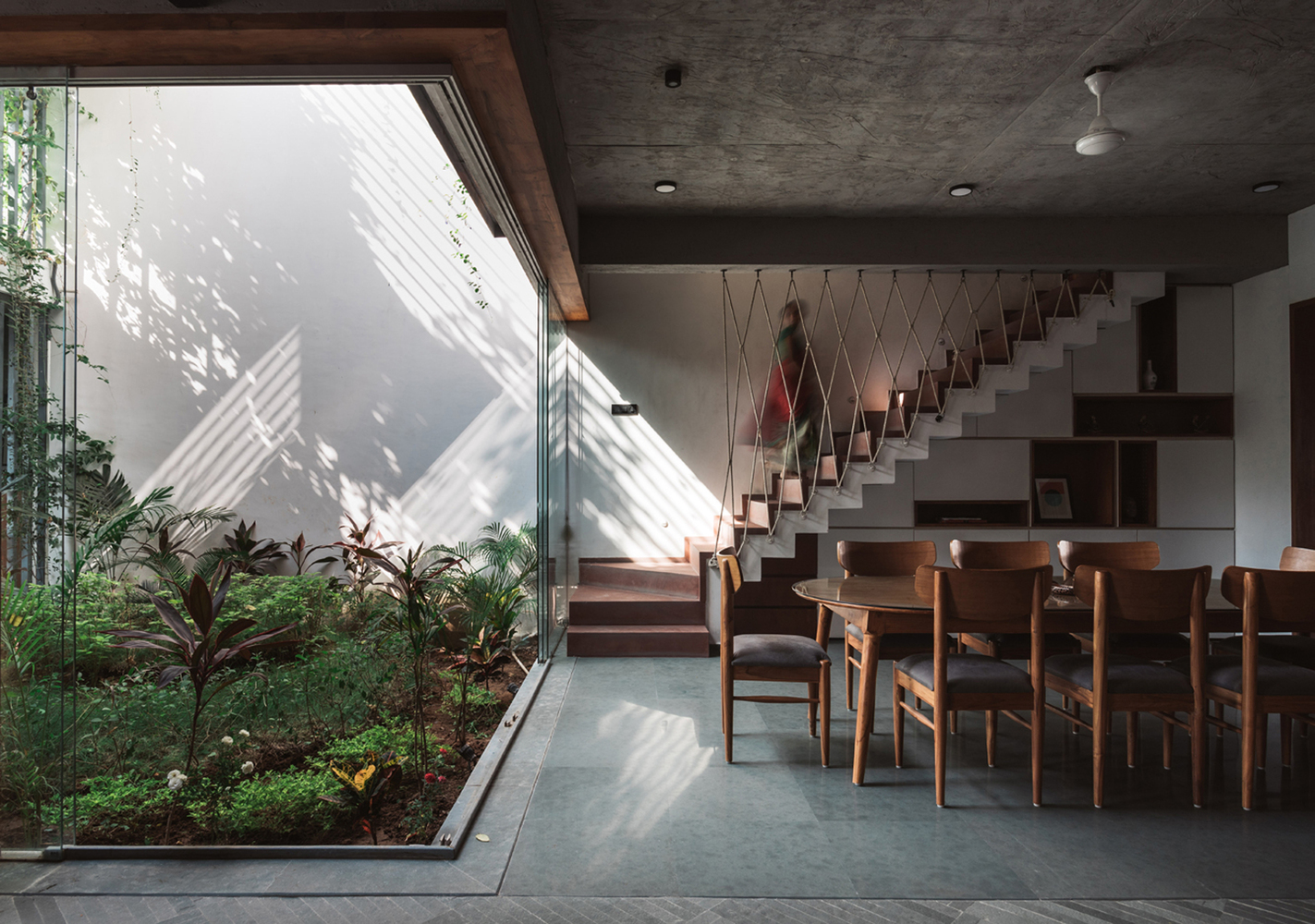Courtyards: The Heart of Multi-Generational Houses in India
Residential architecture in India is a direct reflection of the ethnic practices and lifestyles led by its diverse citizens. The earliest houses were developed as units of larger community-centric settlements. The architecture of Indian residences is deeply enmeshed with cultural values – usually centering on the ideas of family and community relationships. A single home often shelters a large joint family and meets the needs of various age groups under one roof. Multigenerational living demands a unique spatial syntax to foster connections.
The joint-family system offered protection and identity in Indian society, allowing for deeper connections among generations. The tradition offers support in times of crisis and social interaction between diverse sets of people. An antidote to rising house prices, and the cost of child and elderly care, multigenerational living remains relevant to the modern Indian. The living pattern manifests in the built environment as clustered settlements, add-on floors and rooms, and the fabled courtyard.
 Picture: Ishita Sitwala | The Fishy Project
Picture: Ishita Sitwala | The Fishy Project
Comments :